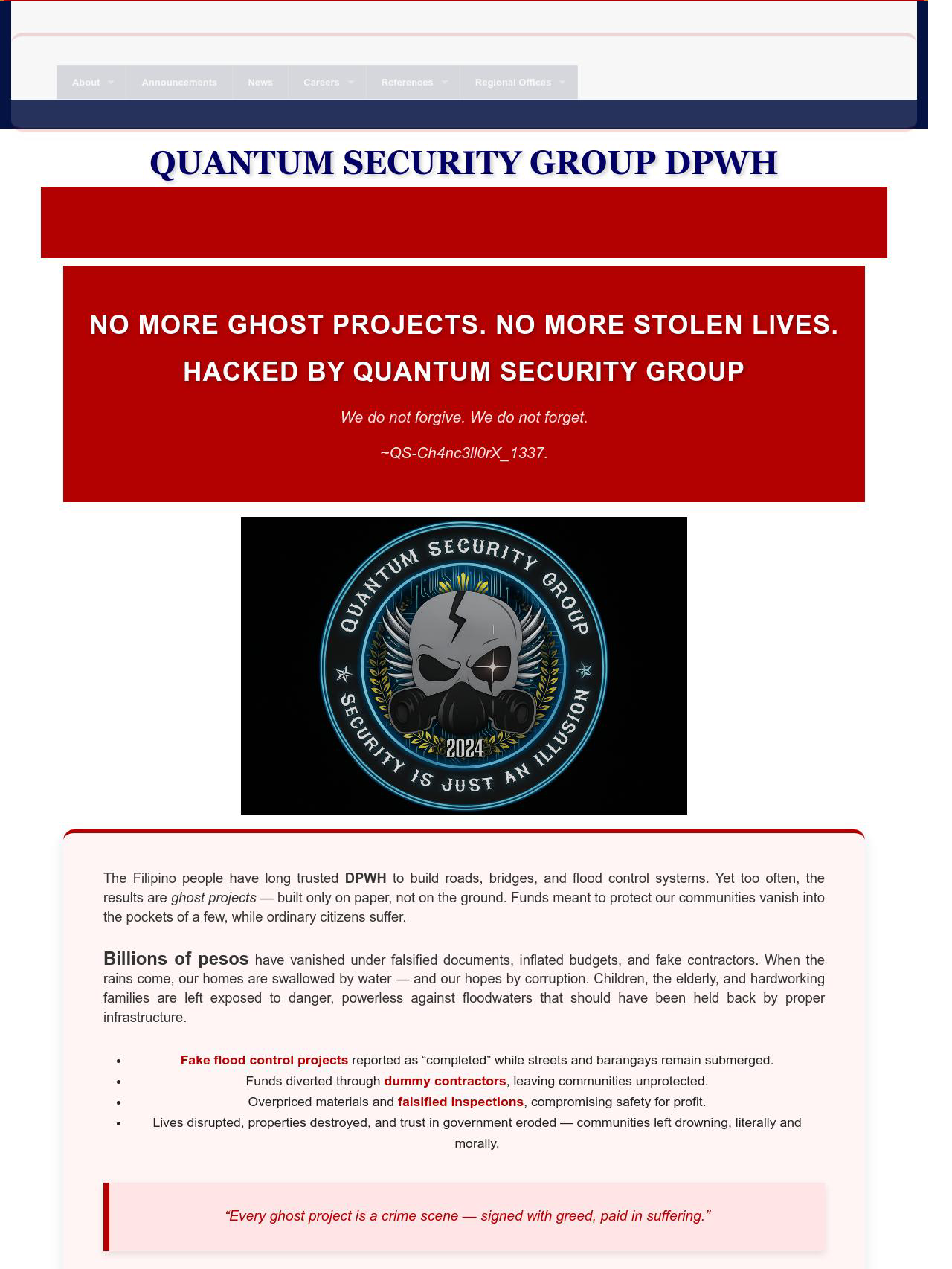PNP Records 3,926 Child Abuse Cases in First Half of 2025, A Slight Decline Seen but Cases Remain Widespread
As part of its ongoing advocacy to combat child exploitation and raise awareness on Online Sexual Abuse and Exploitation of Children (OSAEC), Deep Web Konek (DWK) reaffirmed its commitment to assist in monitoring trends and coordinating with law enforcement agencies. This comes as the Philippine National Police (PNP) released new data revealing that 3,926 child abuse cases were recorded nationwide in the first half of 2025, a slight decrease from the previous year’s total of 8,035.
The report, obtained via the Freedom of Information (FOI) Portal, was compiled under the Crime Information Reporting and Analysis System (CIRAS) and reflects violations of Republic Act No. 7610, or the Anti-Child Abuse Law.
https://iili.io/K6lBzYv.png
https://iili.io/K6lBH2j.png
The PNP’s data show that Calabarzon (PRO 4-A) once again led all regions with 783 reported cases, accounting for nearly 20 percent of all incidents nationwide. The National Capital Region Police Office (NCRPO) followed closely with 679 cases, while Central Luzon (PRO 3) came in third with 413.
These three regions alone represent nearly half of the country’s total child abuse cases which the concentration of reports in highly urbanized and densely populated areas. It could suggest that these figures may not necessarily indicate higher incidence, but rather better reporting systems, more accessible police stations, and active coordination between local government units and social workers.
Meanwhile, Central Visayas (PRO 7) reported 303 cases, while the Bicol Region (PRO 5) logged 211. Western Visayas (PRO 6) followed with 209, and Northern Mindanao (PRO 10) with 159. Davao Region (PRO 11), Soccsksargen (PRO 12), and Caraga (PRO 13) registered 91, 60, and 147 cases, respectively — all showing moderate but consistent figures compared to 2024.
In contrast, Ilocos Region (PRO 1) and Cagayan Valley (PRO 2) both logged under 120 cases, while Cordillera (PRO COR) and Negros Island Region (PRO NIR) reported 65 and 146, respectively. These totals are relatively lower than those in more industrialized zones but still significant for their population size.
At the national support unit level, the Women and Children Protection Center (WCPC) handled 56 cases, while both the Anti-Cybercrime Group (ACG) and the Criminal Investigation and Detection Group (CIDG) recorded 17 cases each. These units typically handle cases involving online exploitation, trafficking, or cross-regional coordination when incidents span multiple jurisdictions.
The Bangsamoro Autonomous Region (PRO BAR), however, remains an outlier with only 12 cases documented for the first half of 2025. While this may seem promising, child rights advocates and analysts warn that underreporting and lack of infrastructure may be affecting the accuracy of data in the region.
PNP’s monthly breakdown shows a subtle downward pattern across the first six months of 2025. Reports declined from 725 cases in January to 517 by June. It should be noted that the trend may indicate successful intervention efforts and awareness programs, though some warn that fewer reports do not always mean fewer incidents.
Such patterns often emerge in communities where social stigma, limited awareness, or lack of resources discourage victims and families from coming forward. DWK emphasized that sustainable solutions must include community-based education and consistent follow-up mechanisms, particularly in areas with historically low reporting rates.
In 2024, the PNP recorded 8,035 total cases nationwide — an average of 671 cases per month. If the 2025 pace continues, the year may close with around 7,800 cases, representing a small but notable decline.
The top-performing regions in 2024 were nearly identical: Calabarzon with 1,443, NCRPO with 1,530, and Central Luzon with 840. Meanwhile, the Mindanao-based regions including Northern Mindanao, Davao, Soccsksargen, and Caraga have shown relative stability in their numbers, reflecting consistent yet concerning activity levels.
The Bangsamoro region, while persistently low in numbers, continues to require stronger child protection networks and coordination between police and local social workers.
The team emphasized that the statistics reflect only part of a larger reality, many modern abuse cases now have digital footprints. Online grooming, exploitation via social media, and live-streamed abuse have made detection more challenging for law enforcement.
The group continues to work with agencies to track emerging online patterns tied to exploitation and child trafficking, while encouraging families to report suspicious online behavior immediately to authorities. DWK stressed that child protection “must extend beyond homes and schools” and into the virtual spaces where children spend much of their time.
While the data shows a modest decline, the overall picture remains grim: thousands of Filipino children continue to experience abuse each year, whether physical, emotional, or online. The PNP’s steady documentation through CIRAS highlights progress in tracking incidents, but reporting disparities still mask the full extent of the problem.
Both law enforcement and advocacy groups agree that the fight against child abuse — in all its forms — requires sustained community involvement, continuous data-driven monitoring, and stronger protection systems. The goal, DWK says, is not just to reduce numbers, but to create an environment where no child’s suffering goes unnoticed or unreported.
Source: Philippine National Police (PNP) – Crime Information Reporting and Analysis System (CIRAS). Data obtained via the Freedom of Information (FOI) Portal, as of August 6, 2025.









